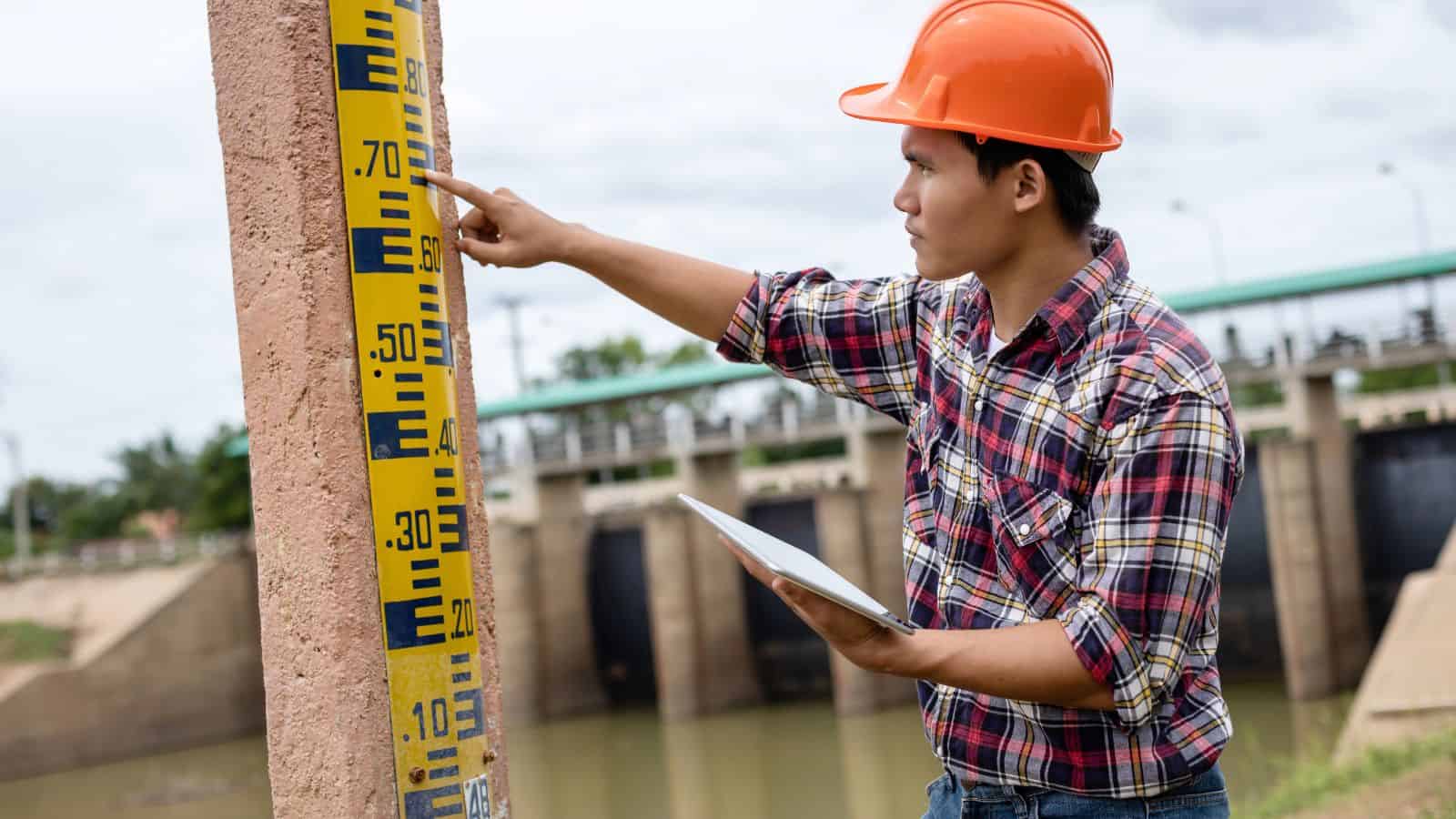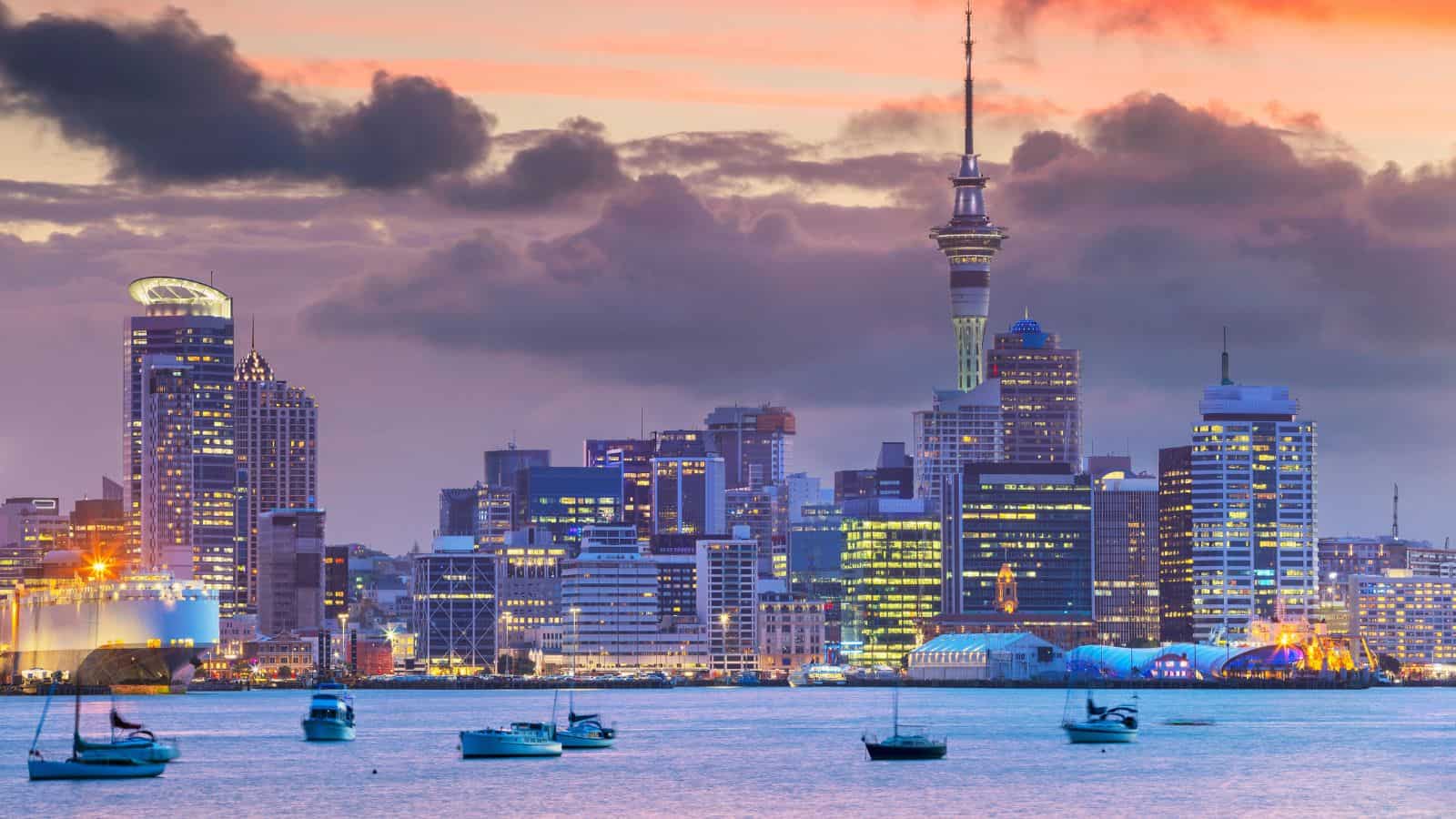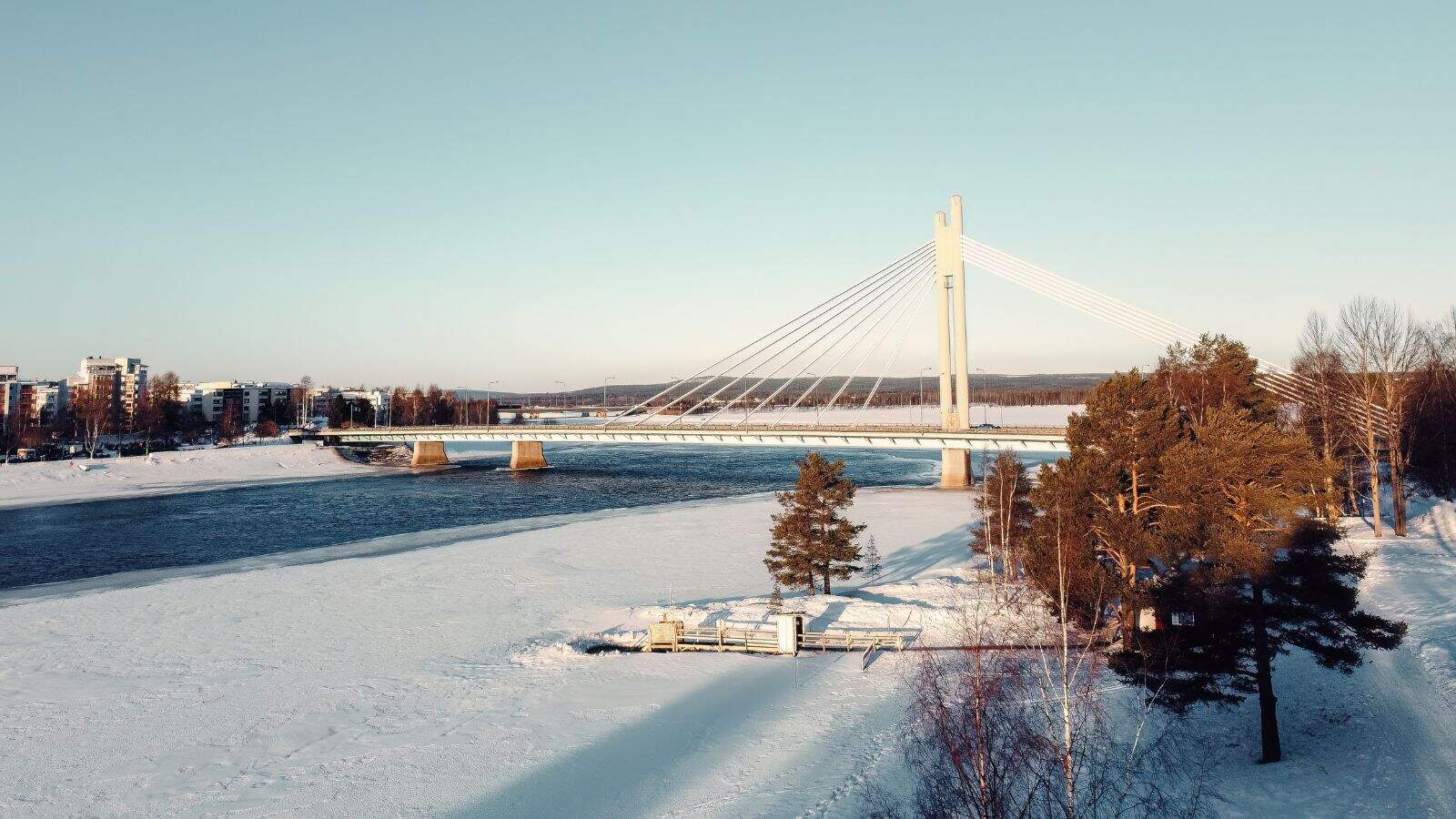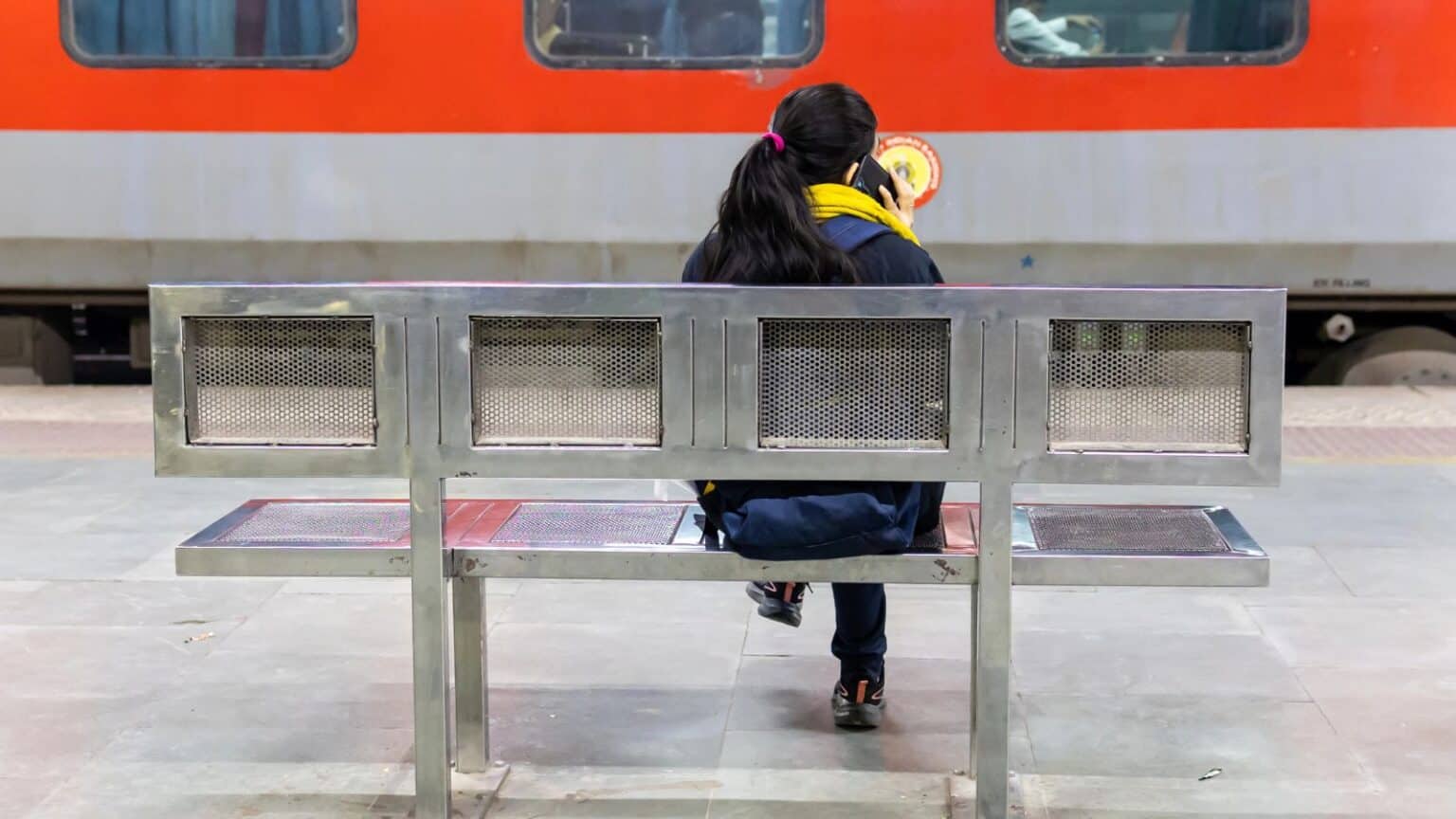Some nations have built strong systems to protect their people when nature turns dangerous. There are countries that are most prepared for natural disasters, using a mix of advanced technology, strict building codes, early warning systems, and community training to reduce risks. These places have learned from past events and invested heavily in readiness, making them better equipped to respond quickly and recover faster when disaster strikes.
With these examples, preparedness is more than a plan—it’s part of everyday life. From earthquake-prone regions to areas vulnerable to floods, storms, or wildfires, these countries show that proactive measures can save lives and limit damage. Understanding how they stay ready can inspire better safety practices anywhere. Explore the nations leading the way in disaster preparedness and see what lessons can be applied to communities around the world.

Japan

Japan’s preparedness for natural disasters is among the strongest in the world, with earthquake-resistant buildings, tsunami warning systems, and extensive evacuation planning. The Japan Meteorological Agency monitors seismic and weather activity around the clock, issuing alerts through TV, radio, and mobile networks. Public drills are held regularly, and schools teach children from a young age how to respond to earthquakes and fires. Communities maintain designated evacuation centers stocked with emergency supplies. After disasters, response teams are deployed swiftly to restore essential services. These combined measures allow Japan to reduce casualties and recover faster when major events occur.
New Zealand

New Zealand faces hazards such as earthquakes, volcanic eruptions, floods, and storms. The country maintains detailed emergency plans through agencies like the National Emergency Management Agency. Earthquake-prone areas follow strict building codes to reduce damage from seismic activity, while volcanic monitoring systems track changes in active regions. Public education programs encourage families to store supplies and prepare emergency plans. In flood-prone communities, flood barriers and drainage improvements help limit damage. Real-time alerts are issued via radio, TV, and mobile devices, ensuring residents can act quickly when threats arise.
Netherlands

The Netherlands has a long history of flood management, given that much of the country lies below sea level. The Delta Works, an extensive system of dams, sluices, locks, and storm surge barriers, is one of the most advanced flood defense systems globally. Water boards monitor dikes and waterways daily, ensuring their stability. Climate adaptation measures include elevating roads and buildings, creating water storage areas, and restoring natural wetlands to absorb excess water. Public awareness campaigns teach citizens how to respond to flood warnings. These combined strategies help the country stay safe despite its geographical challenges.
Sweden

Sweden’s disaster preparedness focuses on extreme cold, storms, floods, and wildfires. The Swedish Civil Contingencies Agency works to strengthen resilience through infrastructure planning, emergency drills, and public awareness programs. In winter, transport networks are maintained to operate even in heavy snow, while heating systems are safeguarded against outages. Flood-prone areas have improved drainage and protective barriers, and wildfire prevention measures are applied in rural zones. Citizens receive alerts via the “Important Public Announcement” system, which sends messages through phones, TV, and radio. Sweden’s emphasis on prevention, readiness, and communication helps communities respond effectively.
Norway

Norway prepares for hazards like avalanches, floods, landslides, and extreme cold. The Norwegian Water Resources and Energy Directorate monitors rivers and snow conditions to forecast potential floods or avalanches. Avalanche barriers, controlled snow releases, and early warning systems help protect vulnerable areas. Emergency drills ensure coordination between rescue teams, municipalities, and the public. The country invests in infrastructure such as reinforced roads and tunnels to maintain transport during severe weather. Public alerts are broadcast through multiple channels, ensuring people in hazard zones can act quickly to protect themselves and their property.
Finland

Want to save this?
Finland prepares for extreme winter conditions, flooding, and occasional storms through strong infrastructure and thorough planning. The Finnish Meteorological Institute monitors weather and environmental hazards, issuing alerts via multiple channels. Roads and transport systems are designed to operate during heavy snow and freezing temperatures, with snow removal teams working around the clock when needed. Emergency services coordinate with local authorities to respond quickly to incidents. Public education encourages households to store essential supplies and learn safe heating practices during outages. Forest management also plays a role in reducing wildfire risks in dry seasons, supporting year-round community safety.
Germany

Germany’s disaster readiness covers floods, storms, and industrial accidents. The Federal Office of Civil Protection and Disaster Assistance coordinates planning, training, and communication across the country. Flood-prone areas along major rivers like the Rhine and Elbe benefit from levees, reservoirs, and real-time monitoring systems. Sirens and mobile alerts warn residents of emergencies, while disaster drills prepare communities for evacuation or sheltering. Building regulations require strong construction to withstand severe weather, and emergency services are equipped for rapid response. Environmental monitoring also tracks pollution risks, ensuring both natural and man-made hazards are addressed effectively.
Switzerland

Switzerland faces threats from avalanches, floods, and landslides due to its mountainous terrain. The country has advanced warning systems for snow movement and river flooding, supported by precise weather forecasting. Avalanche barriers, tunnels, and protective dams help protect communities in high-risk zones. The Swiss Federal Office for Civil Protection works with cantonal authorities to coordinate preparedness plans and public drills. Residents in hazard areas are informed about evacuation routes and safety measures. Investment in both prevention and rapid response has helped Switzerland reduce the impact of natural hazards in even its most challenging regions.
Australia

Australia’s preparedness covers bushfires, cyclones, floods, and heatwaves. The Bureau of Meteorology issues detailed forecasts and warnings, while state agencies coordinate evacuation and recovery plans. Bushfire management includes controlled burns, firebreaks, and community education programs to limit fuel buildup. Flood-prone areas have levees and early warning systems, and cyclone shelters are maintained in northern regions. Public information campaigns stress the importance of readiness, from storing water to knowing local evacuation points. These combined efforts aim to reduce the damage from frequent and varied natural hazards across the country’s diverse climate zones.
United States

The United States prepares for a wide range of hazards, including hurricanes, tornadoes, earthquakes, floods, and wildfires. Federal agencies like FEMA coordinate with state and local governments on preparedness, response, and recovery. Advanced warning systems alert communities to approaching storms or seismic activity, while building codes in hazard-prone areas aim to reduce structural damage. Public education programs encourage readiness kits and evacuation planning. Regional strategies address specific risks, from hurricane levees in Louisiana to wildfire prevention in California. This multi-layered approach reflects the country’s diverse geography and varied hazard profile.
9 of the Best Places to Be in the U.S. If Society Breaks Down

In the face of a major crisis, choosing where to ride out turmoil can mean the difference between hardship and resilience. Here are 9 of the best places to be in the U.S. if society breaks down, selected for their self-reliant communities, access to fresh water, and landscapes that support security and food production.
Read More Here: 9 of the Best Places to Be in the U.S. If Society Breaks Down
15 Most Chaotic Cities That Tourists Should Think Twice About

Which chaotic cities do you know about? Traveling to vibrant cities can be exciting, but there are 15 most chaotic cities that tourists should think twice about. These destinations are known for their overwhelming crowds, intense traffic, and a pace of life that can be disorienting for visitors. While they may offer unique experiences and attractions, the chaos can also lead to stress and frustration, making them less appealing for some travelers.
Read More Here: 15 Most Chaotic Cities That Tourists Should Think Twice About




